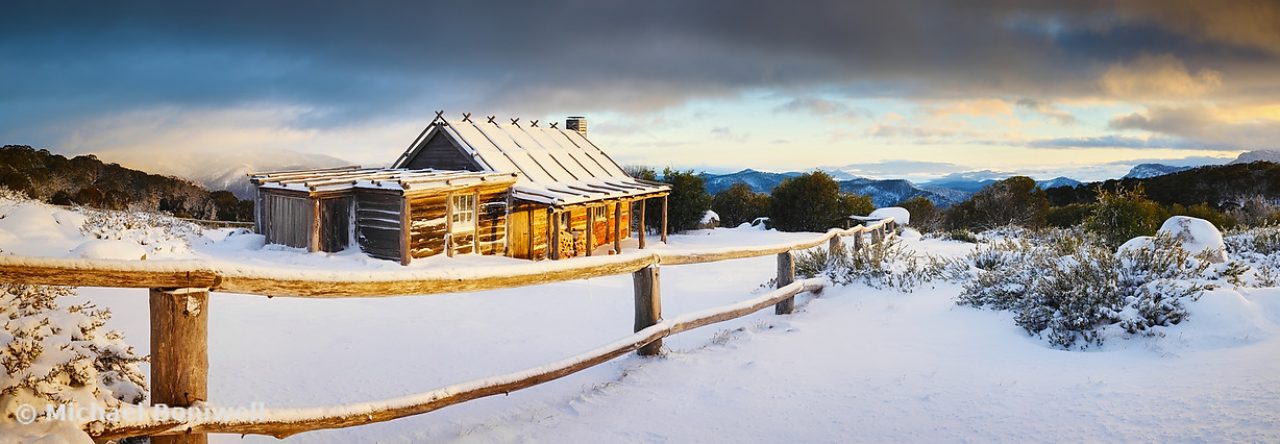This is just a quick write up of some local trips that yielded a few new images worthy of mention. It is not always practical for me to drive thousands of kilometres in search of great landscape photography opportunities. Revisiting locations within a day or two of home, over the course of years, can produce quality work. This approach delivers a greater selection of any special conditions that might elevate the scene such as light direction and quality, season, weather, tide, access and even luck.
Sierra Nevada Rocks down at the popular Mornington Peninsula had been on my radar for a long time. The first few times I tried to shoot it the weather turned bad and all I got was dull shades of grey. On this attempt it looked no better. A mixture of wind and rain combined with biting sand continued pummelling me for nearly an hour as I stood before the subject, hoping for something, anything to happen in the clouds.
Incredibly, just before sunset, the wind abated, a perfect gap opened in the sky and suddenly it was all systems go. Amazingly the colour only intensified as the light dimmed. I was still shooting and reshooting until it was completely dark, and left knowing I had the best of it. I could not decide if I liked the cooler horizontal image more or the warmer toned vertical where you can see right into the rock pool.
On another adventure I found myself travelling along the Great Ocean Road trying to find something that would suit the conditions at hand. Out of habit I ended up at the Twelve Apostles area and discovered that the sun would set right behind what is left of Island Arch near Loch Ard Gorge. Not being a weekend, there were only a few people around making it possible to shoot a scene that is normally packed with tourists. For once, the famously wild weather decided to cooperate. A band of low cloud blocked some of the horizon line, but that helped to reduce flare and dark shadows whilst still giving us awesome golden light, that coated the view in warmth and drama.
It was, however, Port Fairy Lighthouse that was my favourite image of this series and a testament to success born of repeated effort over decades of reshoots. Wandering around in the wee small hours before dawn, my torch just barely lighting the ground before me, I set my tripod in the gloom and proceeded to wait, listening to the sounds of the waves swirling among the rocks, and the many thousands of mutton birds awakening. After a while I was rewarded with the deeply magenta and red scene depicted and left on a high, going back to Port Fairy just as the little town got out of bed and the town began to come alive.
If you are coming to this location and exploring the island late at night or early in the morning, be aware there is a large breeding colony of short-tailed shearwaters, locally known as mutton birds that can crowd the pathway in such numbers that you will be required to tread very carefully and maybe duck now and then.
Lastly I will mention the image from Teddys Lookout at Lorne because it was an unusual one for me. It was captured using a very wide lens and a long exposure in the last of the light as sunset transitioned into twilight. A long stream of cars wound their way long the Great Ocean Road just when I wanted, leaving light trails that really highlighted the curves in the road, which, in my opinion, sit nicely against the curves in the river.
So that is all for this blog. The next adventure will be a short Grampians trip, where I might even film some video. With the rise AI plagiarising the hard work of real landscape photographers I thought it might be time to invest more effort into the story of image capture rather than just the photographs themselves.
As always, I hope you also find peace and renewal under our great outdoors. All the best, and thanks for reading.






